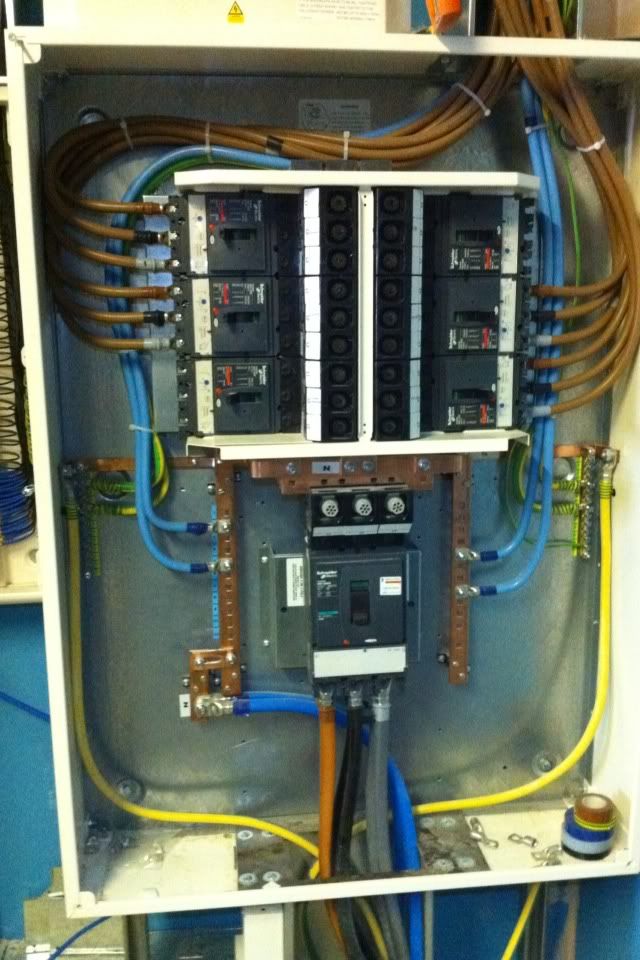This is a panel board supplying 4no ETC sensor pro dimmers.

It's supplied by 2no 120mm² SWAs in parallel to account for the harmonic currents.

It's supplied by 2no 120mm² SWAs in parallel to account for the harmonic currents.

